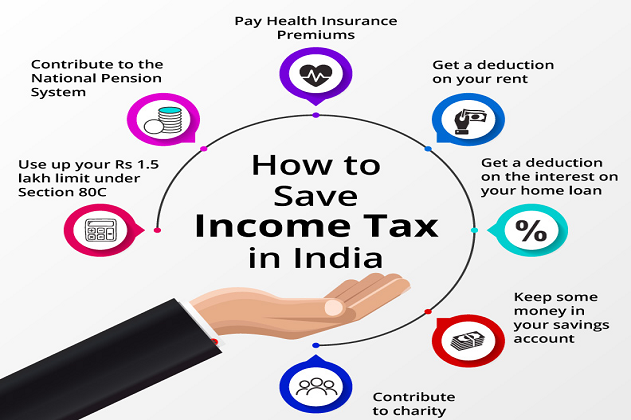Important news for tax payers. In fact, on February 1, the budget for the new financial year will be presented in the Parliament by the Finance Minister. According to a report, it is being said that if your income is 10 to 12 lakh rupees then you will not have to pay any tax.
On February 1, the budget for the new financial year will be presented in the Parliament by the Finance Minister. But among all this, the thing that has worked for you the most is that if you are employed, then your company must have started asking for actual investment proof from you, on the basis of which your tax will be deducted. If you haven’t asked yet, you will ask in a few days. But for tax saving you need to prepare well in advance.
Form-16 will be made on this basis-
You will have to inform your company about the investments you have made since April 1 till now. Based on this, your Form-16 will be prepared. Let us help you in planning for tax saving. As a responsible citizen of the country, it is your duty to pay tax. But it is good for you to save as much tax as you can.
Understand here, how can you save tax?
You can invest the tax saving money for the future of your family or child. From mutual funds to FDs, all investment options are available in the market today. Today we talk about your salary and tax. Even if your salary is Rs 12 lakh, you do not need to pay Rs 1 tax.
It is important to plan properly
To save tax, it is necessary to plan properly. For this, you can also consult an expert. If money has been deducted from your salary in the company where you have worked, then on the basis of this calculation, you can get back the deducted money by filing ITR in June-July. Let’s see the complete calculation in an easy way…
If your salary is 12 lakhs, then you come under 30 percent tax. Actually, there is a liability of 30 percent on the annual income of more than Rs 10 lakh.
Here is the complete math-
1. Every company gives salary to its employees in two parts. In a company it is called Part-A and Part-B. Somewhere it is called Part-1 and Part-2. Tax has to be paid on Part-A or Part-1 salary. Usually, on a salary of 12 lakhs, two lakh rupees are kept in Part-B or Part-2. In this way your taxable income has come down to Rs 10 lakh.
2. After this, deduct Rs 50,000 given by the Ministry of Finance as standard deduction. After deducting these, your taxable income comes down to Rs 9.50 lakh.
3. Under Section 80C of Income Tax, you can claim savings of up to Rs 1.5 lakh. In this, you can claim tuition fee, LIC (LIC), PPF (PPF), mutual fund (ELSS), EPF (EPF) or home loan principal etc. Now your taxable income has come down to Rs.8 lakh.
4. Under section 24B of income tax, you get a deduction of two lakh rupees on home loan interest. In this way, your taxable income has come down to Rs.6 lakh here.
5. After this, you will have to invest Rs 50,000 in the National Pension System (NPS) under 80CCD (1B) to make your taxable income zero (0). Here the taxable salary has come down to Rs 5.5 lakh per annum.
6. Under Section 80D of Income Tax, you can claim health insurance premium for children, wife and parents. A premium of up to Rs 25,000 can be claimed for the child and the wife. If your parents are senior citizens, you can claim Rs 50,000 as premium. After deducting these two, your taxable income comes down to Rs 4.75 lakh.
Let us tell you that on the income of Rs 2.5 lakh to Rs 4.75 lakh, a tax of Rs 11250 is made at the rate of 5 percent. But there is a tax exemption of up to Rs 12,500 from the Ministry of Finance. In this way your tax liability becomes zero.


